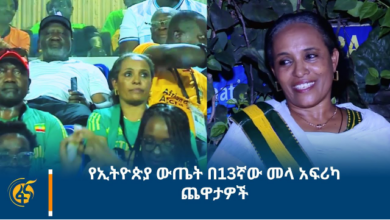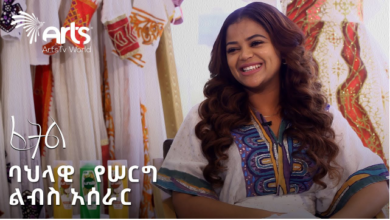A baby shower that looks like a freaking wedding
This reference list bases on visual articulations, specifically imaginative creation, plan, model, engravings, and, somewhat, materials, conveyed inside the Ethiopian region (by and by secluded into Ethiopia and Eritrea) during the critical stretch from the stone specialty of the Holocene time frame to contemporary workmanship. In the northern piece of this space, people of South Arabia made critical settlements during the vitally thousand years BCE. There, the Aksumite domain flourished from the primary century BCE until the seventh century CE, and was Christianized in the fourth 100 years.
There are not a lot of leftover pieces of Christian Aksumite craftsmanship, yet from the thirteenth to the 20th many years, there was a persistent formation of severe sytheses and church structures. Islam spread to this piece of Africa from its starting points, and Muslim sultanates made from this time in the eastern locale and a while later most unequivocally around Harar, from the sixteenth hundred years to come. Close to the completion of the nineteenth hundred years, Menelik, King of King of Ethiopia, expanded the southern piece of his country, increasing its size. Limited bibliographical information is presented here for innovative manifestations in this piece of this cutting-edge country.
Without a doubt, the geographic districts covered by this list change as shown by the period. For antiquated craftsmanship, we give models in the whole Horn of Africa, which is the scale at which the specialists of this area are working. To follow the recorded advancement of the Ethiopian political space, creation inside what is as of now Eritrea is to a great extent included, particularly for Aksumite and past times, yet this book reference can’t be seen as comprehensive for later articulations in Eritrea. Christian masterpieces have been focused more than other material, at this point in this index they will be proportionately less addressed to give sources to various fields that have gotten less scholastic thought. Thusly, this rundown of sources reflects neither the amount of getting through expressive arts nor the amount of the examinations done.
Besides, there is no wide blueprint of the general large number of subjects would in general in this index, but such frameworks are every so often existing for subtopics. It ought to be seen that while Ethiopian names are made from a singular name followed by the name of a singular’s father, in disseminations and library inventories the singular name is sometimes taken on as a last name, while at times the father’s name is used thusly. Systems of record moreover vacillate, so different spellings will appear in this inventory.











